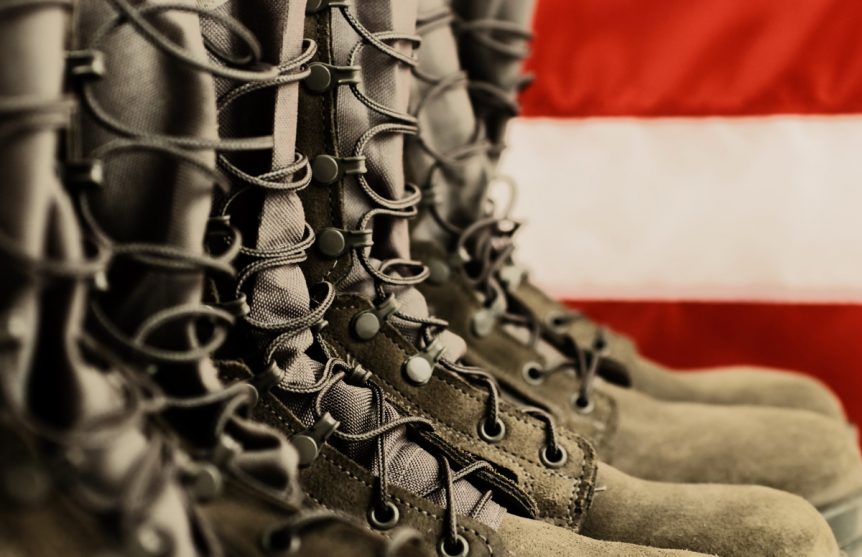Military sexual assault is a problem that has been swept under the rug for far too long. It’s only in recent years that the stories of those who’ve suffered sexual assault by an officer or a peer have begun to see the light of day, and the picture that’s emerged is not a pretty one.
Nowhere to Turn?
Sexual assault in and of itself is a difficult, and traumatic event for anyone. But victims of military sexual assault have had to endure victim blaming on a grand scale as well. According to a May 2015 report which aired on PBS’ Frontline, nearly 2/3 of service members who report sexual assault (62% to be exact) say they experience some form of retaliation (social or professional) from their fellow service members. Many of those interviewed reported being harassed, demoted, threatened — even physically attacked — for daring to report their assault and name their attackers.
The VA Steps Up
The statistics are appalling. One in four women seen at a VA facility report military sexual trauma (the VA’s term for sexual assault), and 40% of the service members who report MST at a VA facility are men. (Note: It’s not entirely surprising to see such a high percentage of servicemen reporting MST, since the majority of military members are men.)
Each April, the VA sponsors a Sexual Assault Awareness Month campaign, an effort to raise awareness about military sexual trauma (MST), and provide a support network for survivors. MST-related treatment is available at all VA medical facilities and all treatment for physical and mental health conditions related to experiences of MST is provided free of charge. Service members reporting MST are not required to provide documentation, nor are they required to be receiving disability pay to be eligible for treatment.
Recovering Through ART
Needless to say, recovering from this dual-trauma is difficult for many victims. Some find it difficult to discuss their experiences, even in a therapeutic setting. An extremely helpful alternative to traditional therapy is ART — short for Accelerated Resolution Therapy. Many clients experience healing and resolution in as few as 5 sessions, and some find relief even sooner. ART combines techniques from several traditional forms of psychotherapy and works to reprogram the way upsetting or distressing memories or flashbacks are stored in the brain. ART is not “talk therapy” and does not aim to treat clients by helping them to “work through” their pain. It involves combining relaxing eye movements with a technique called Voluntary Memory/Image Replacement, wherein the therapist gently guides the client through the process of replacing traumatic memories and images (flashbacks) with positive ones.
Studies like the one published in the journal Behavioral Sciences in 2012 have shown that ART is extremely effective in treating PTSD, which, of course, is a common complication arising from sexual abuse. The results of a military study published in 2015, showed similar findings. The NIH (National Institutes for Health) calls ART “an innovative mental health intervention to treat post-traumatic stress disorder”.
Haven’t Heard About ART Before?
Goodtherapy.org points out that one of the reasons you may not have heard of accelerated resolution therapy before is that it’s a relatively new therapy, introduced in 2008 by its developer, Laney Rosenzweig. Until recently, information about ART and its effectiveness has been spread by word-of-mouth, from therapist to therapist. Or perhaps you have heard of ART, but simply find it hard to believe that such positive results are possible in so short a time.
Interested in Learning More?
If you’re a therapist interested in learning more about ART, please contact us today for more detailed information. Training is available to licensed therapists who would like to implement ART into their clinical practices as well as to psychiatric nurses and other licensed mental health professionals.

